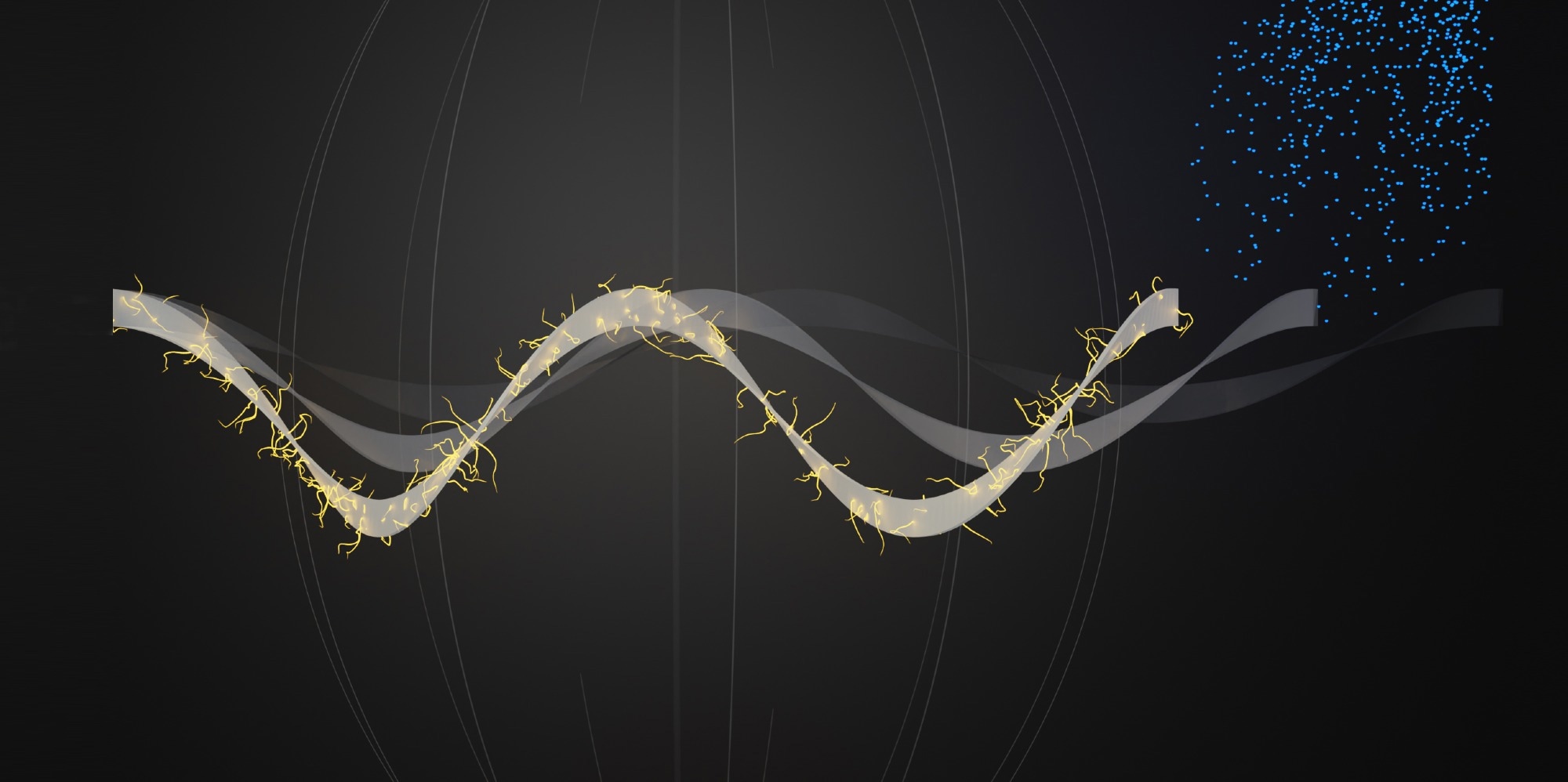For the first time, ETH Zurich investigators attained a shape memory effect with objects as small as a few nanometers. This technology can be used to create nanoscale machinery and robotic devices.
 For the first time, ETH Zurich researchers have produced objects with shape memory that are only twenty nanometers thick. Image Credit: ETH Zurich/Minsoo Kim.
For the first time, ETH Zurich researchers have produced objects with shape memory that are only twenty nanometers thick. Image Credit: ETH Zurich/Minsoo Kim.
Shape memory refers to alloys that can return to their original structure after being deformed. This phenomenon and the forces it produces are often used in mechanical actuating systems, such as generators and hydraulic pumps.
However, this shape-memory effect has not been exploited at the nanoscale: Objects made of shape-memory alloy can only return to their original shape if they are larger than 50 nm.
Ceramic materials were used by the team guided by Salvador Pané, Professor of Materials of Robotics at ETH Zurich, and Xiang-Zhong Chen, a senior scientist in his group, to overcome this limitation.
Researchers illustrate the shape-memory effect on a layer 20 nm thick of ferroic oxides in a study published in Nature Communications. This breakthrough enables the shape-memory effect to be applied to tiny nanoscale machines.
A Special Structure is Needed
At first glance, ferroic oxides do not appear to be particularly well-suited to the shape-memory effect: They are brittle in bulk, and to generate very thin layers of them, they must usually be fixed to a substrate, making them inflexible.
To maintain the shape-memory effect, the researchers used two different oxides, barium titanate, and cobalt ferrite, which they implemented in thin layers onto a magnesium oxide substrate. The lattice parameters of the two oxides are substantially different. The tension between the two oxides generated a spiral-shaped twisted structure after the scientists separated the two-layered strip from the supporting substrate.
These free-standing ferroic oxide nanoscale structure is extremely elastic and resilient, and allow for flexible movement. They also demonstrated a shape-memory effect: the structure stretched out and became permanently deformed when the scientists applied mechanical tensile force to it.
Following that, the scientists used a scanning electron microscope to direct an electron beam onto the deformed structure, which returned to its original shape. As a result, the electrical energy induced a shape-memory effect. The smallest sample size on which such an impact has ever been identified has a layer thickness of about 20 nm.
Typically, the shape-memory effect is provoked by thermal or magnetic manipulation in other examples.
The reason it works with electrical irradiation in ferroic oxides may have to do with the orientation of the polarization within the oxides, we suspect.
Xiang-Zhong Chen, Senior Scientist, Eidgenössische Technische Hochschule Zürich
The polarization within the oxides aligns parallel to the structure plane as the free-standing structure is stretched. The electron beam, on the other hand, causes the polarization to align perpendicular to the structure plane, causing the mechanical strain to change and contract to its original shape.
Broad Range of Applications
Even though punctual temperature deceptions (traditionally used to stimulate shape memory) are not possible at the nanoscale, this response to electrical energy is more useful for a wide variety of applications. One possible application: because of their high elasticity, the oxides could be used to replace muscle fibers or parts of the spine.
Other applications would be new nanoscale robotic systems: The mechanical movement that occurs when switching between the two structures could be used to drive tiny motors.
Donghoon Kim, Eidgenössische Technische Hochschule Zürich
He started working on this research as a doctoral student and is one of its two lead authors.
Furthermore, our approach could also facilitate the development of longer-lasting small-scale machines, because the material is not only elastic but also durable.
Minsoo Kim, Study Lead Author and Postdoc, Eidgenössische Technische Hochschule Zürich
Flexible electronics and soft robotic systems are also possible applications. Investigators have been able to further develop such free-standing oxide structures in another study, which was recently published in the journal Advanced Materials Technologies, so that their magnetoelectric properties could be monitored and tuned more accurately.
Shape memory oxides could be used to make nanorobots that are implanted in the body and can stimulate cells or repair tissue, among other things. The nanorobots can be triggered to change shape and perform specific functions within the human body by using external magnetic fields.
“Furthermore, the magnetoelectric properties of these shape-memory oxide structures could be used, among other things, to electrically stimulate cells within the body, for example, to activate neuronal cells in brains, for cardiac therapies, or for accelerating bone healing process,” Salvador Pané concludes.
Eventually, the magnetoelectric shape-memory oxides have the potential to be used in nanoscale devices like tiny antennas or sensors.
Journal References:
Kim, D., et al. (2023) Shape-memory effect in twisted ferroic nanocomposites. Nature Communications. doi.org/10.1038/s41467-023-36274-w.
Kim M., et al. (2023) Strain-Sensitive Flexible Magnetoelectric Ceramic Nanocomposites. Advanced Materials Technologies. doi.org/10.1002/admt.202202097.